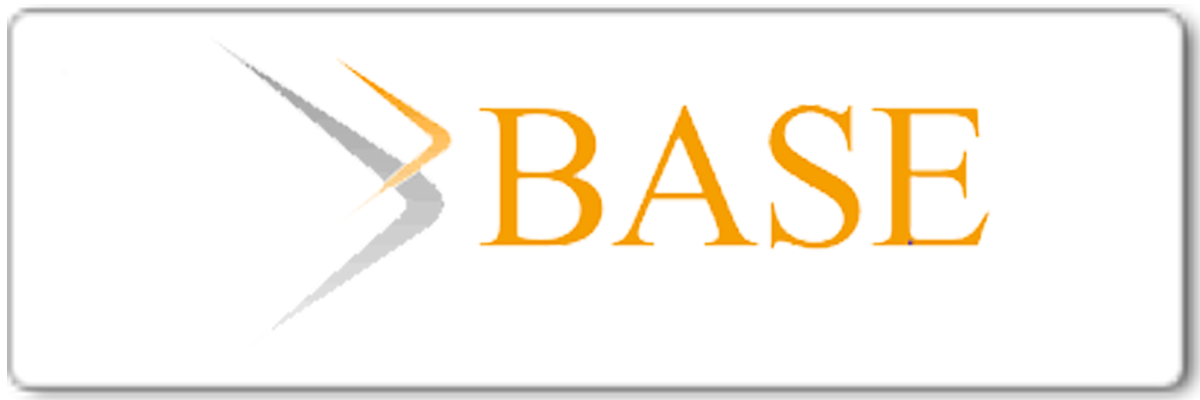The Effectiveness of Videos and Animations in Learning Physics in Junior High School Heat Materials
Abstract
Keywords
Full Text:
PDF (English)References
Eliyarti, E., & Rahayu, C. (2019). Tinjauan motivasi berprestasi mahasiswa teknik dalam perkuliahan kimia dasar. Jurnal Pendidikan Glasser, 3(2): 196-204.
Gusta, W., Christina, D., & Zakirman, Z. (2020). Improved Student Collaboration Skills On English Learning Using Jigsaw Models. INTERNATIONAL JOURNAL OF SCIENTIFIC & TECHNOLOGY RESEARCH, 9(3).
Eliyarti, E., & Zakirman, Z. (2020). Tinjauan Kontribusi Google Classroom Dalam Mendukung Perkuliahan Kimia Dasar. Jurnal Pendidikan Kimia Indonesia, 4(1): 32-39.
Wiyono, K., & Zakiyah, S. (2019, March). Pendidikan fisika pada era revolusi industri 4. 0 di indonesia. In Seminar nasional pendidikan program studi pendidikan fisika (Vol. 1, No. 1, pp. 1-14).
Iwuanyanwu, P. N. (2019). What We Teach in Science, and What Learners Learn: A Gap That Needs Bridging. Online Submission, 4(2).
Kurniawan, D. A., Lumbantoruan, A., & Samosir, S. C. (2019). Mobile Learning in Higher Education for The Industrial Revolution 4.0: Perception and Response of Physics Practicum. International Journal of Interactive Mobile Technologies, 13(9).
Zakirman, Gusta, W. & Putri, S. D. (2021). All About To Be A Good Teacher. Padang: Jasa Surya, 2021.
Eliyarti, E. & Rahayu, C. (2021). Tinjauan Minat Belajar Mahasiswa Teknik Terhadap Penggunaan Media e-Learning Dalam Perkuliahan Kimia Dasar. Genta Mulia Jurnal Ilmu Pendidikan, 12(2): 124–136.
Badlisyah, T., & Maghfirah, M. (2017). Penggunaan macromedia flash pada materi larutan penyangga terhadap hasil belajar siswa kelas XI MAN Darussalam. Lantanida Journal, 5(1): 42-58.
Adawiyah, R., & Anwar, L. (2021, January). Implementation of an Interactive E-Module to Improve Concept Understanding of Students. In 4th Sriwijaya University Learning and Education International Conference (SULE-IC 2020) (pp. 78-84). Atlantis Press.
Martawijaya, A. (2015). Karakter peserta didik dan hubungannya dengan keterampilan berpikir kritis dalam pembelajaran fisika smp di pulau barrang lompo. Journal of Educational Science and Technology (EST), 1(2).
Trianto. (2010). Model Pembelajaran Terpadu, Konsep, Strategi dan Implementasinya dalam KTSP. Jakarta: Bumi Aksara.
Zainuddin, Z., Hasanah, A. R., Salam, M. A., Misbah, M., & Mahtari, S. (2019, February). Developing the interactive multimedia in physics learning. In Journal of Physics: Conference Series (Vol. 1171, No. 1, pp. 1-5).
Sahronih, S., Purwanto, A., & Sumantri, M. S. (2019, March). The effect of interactive learning media on students' science learning outcomes. In Proceedings of the 2019 7th International Conference on Information and Education Technology (pp. 20-24).
Siregar, S. D., Khairina, N., & Robin, R. (2020). Making Physics Learning Media Based On HOTS For SMP Levels. Jurnal Pendidikan Fisika, 9(1): 63-67.
Yulisa, Y., Hakim, L., & Lia, L. (2020). Pengaruh video pembelajaran fisika terhadap pemahaman konsep siswa SMP. Jurnal Luminous: Riset Ilmiah Pendidikan Fisika, 1(1): 37-44.
Hafizah, S. (2020). Penggunaan dan pengembangan video dalam pembelajaran fisika. Jurnal Pendidikan Fisika, 8(2): 225-240.
Paramita, A. P., Siahaan, B. Z., & Astra, I. M. (2017, October). Pengembangan Media Pembelajaran Berbentuk Animasi Berbasis Mobile learning (M-Learning) Pada Materi Gerak Lurus Di Smp. In Prosiding Seminar Nasional Fisika (E-Journal) (Vol. 6, pp. SNF2017-RND).
Sanjaya, W. (2011). Perencanaan dan Desain Sistem Pembelajaran. Jakarta: Kencana.
Sugiyono. (2013). Metode Penelitian Pendidikan Pendekatan Kuantitatif, Kualitatif, dan R&D. Bandung: Alfabeta.
Harefa, N., & Silalahi, N. F. D. (2020). Improvement of student’s learning outcomes and motivation with chemical practicum e-module. Jurnal Pendidikan Kimia, 12(1): 10-19.
Zakirman, Z., Lufri, L., Khairani, K., & Rahayu, C. (2020). Implementation of The Play-Think-Pair-Share (PTPS) Learning Model for Elementary School Students to Master Part of Top Skill 2020. International Journal of Scientific & Technology Research (IJSTR), 9(03): 4643-4648.
Eliyarti, E., Rahayu, C., & Zakirman, Z. (2021). Penerapan Bahan Ajar Fisika Dengan Variasi Bentuk Tugas Berbasis Web Untuk Meningkatkan Hasil Belajar Mahasiswa Teknik. Jurnal Pendidikan Fisika Undiksha, 10(2): 82-90.
Samuel, N. N. C., & Ikwuka, O. I. (2017). Effect of computer animation on chemistry academic achievement of secondary school students in Anambra State, Nigeria. Journal of emerging trends in educational research and policy studies, 8(2): 98-102.
DOI: http://dx.doi.org/10.26737/jipf.v7i3.3152
Refbacks
- There are currently no refbacks.
Copyright (c) 2022 Wienda Gusta

This work is licensed under a Creative Commons Attribution-NonCommercial 4.0 International License.
Publisher
Institute of Managing and Publishing of Scientific Journals
STKIP Singkawang
Jl. STKIP, Kelurahan Naram, Kecamatan Singkawang Utara, Kota Singkawang, Kalimantan Barat, Indonesia
Website: http://journal.stkipsingkawang.ac.id/index.php/JIPF
Email: [email protected]
JIPF Indexed by:
Copyright (c) JIPF (Jurnal Ilmu Pendidikan Fisika)
ISSN 2477-8451 (Online) and ISSN 2477-5959 (Print)































